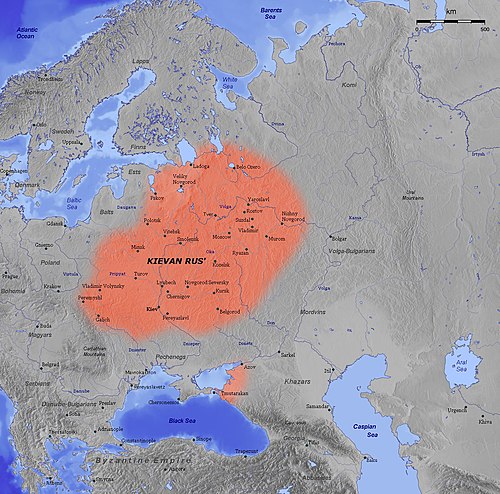This article needs additional citations for verification .(September 2018) |
| Years |
|---|
| Millennium |
| 1st millennium |
| Centuries |
| Decades |
| Years |
| 968 by topic |
|---|
| Leaders |
| Categories |
| Gregorian calendar | 968 CMLXVIII |
| Ab urbe condita | 1721 |
| Armenian calendar | 417 ԹՎ ՆԺԷ |
| Assyrian calendar | 5718 |
| Balinese saka calendar | 889–890 |
| Bengali calendar | 374–375 |
| Berber calendar | 1918 |
| Buddhist calendar | 1512 |
| Burmese calendar | 330 |
| Byzantine calendar | 6476–6477 |
| Chinese calendar | 丁卯年 (Fire Rabbit) 3665 or 3458 — to — 戊辰年 (Earth Dragon) 3666 or 3459 |
| Coptic calendar | 684–685 |
| Discordian calendar | 2134 |
| Ethiopian calendar | 960–961 |
| Hebrew calendar | 4728–4729 |
| Hindu calendars | |
| - Vikram Samvat | 1024–1025 |
| - Shaka Samvat | 889–890 |
| - Kali Yuga | 4068–4069 |
| Holocene calendar | 10968 |
| Iranian calendar | 346–347 |
| Islamic calendar | 357–358 |
| Japanese calendar | Kōhō 5 / Anna 1 (安和元年) |
| Javanese calendar | 868–870 |
| Julian calendar | 968 CMLXVIII |
| Korean calendar | 3301 |
| Minguo calendar | 944 before ROC 民前944年 |
| Nanakshahi calendar | −500 |
| Seleucid era | 1279/1280 AG |
| Thai solar calendar | 1510–1511 |
| Tibetan calendar | མེ་མོ་ཡོས་ལོ་ (female Fire-Hare) 1094 or 713 or −59 — to — ས་ཕོ་འབྲུག་ལོ་ (male Earth-Dragon) 1095 or 714 or −58 |


Year 968 ( CMLXVIII ) was a leap year starting on Wednesday of the Julian calendar.